As you go through business, it’s always a good idea to reevaluate where you are, where you want to be and how you’re going to get there. It’s something that big businesses I work for do every single Monday, what I do every month and what I suggest you do annually as an absolute minimum. Don’t underestimate how much data analysis and planning can help your business. This post will help you to do this effectively and prepare to grow in 2020. If you’ve not started your business, or if you haven’t had any items available for sale yet, there's a similar post that's tailored to startups which you can read by clicking here.
Analyse
In order to move forward, you need to look back. As a fashion buyer and retailer, I spent a large portion of my time doing this - in fact I spent more time looking at numbers than I did working on product. Data is like gold dust and it’s really beneficial to see what's worked, what didn't (and why) and how you can improve. Where do you look for this data? In as many places as you can! There’s lots of advanced data management tools that you can use, many of which are free. You can also set up your own systems to track the information that’s important to you, for example sales, returns rates, etc. I export any reports to Excel, as it’s an easier way to do the maths and do what you want with the information.
What should you look for in the data?
Where traffic is coming from. If you’ve been marketing (which you should have been!), this is a great way to see what’s working and what isn’t. Plus, you can identify your biggest source of sales and think about how you can grow it even further. If your marketing hasn’t been performing as it should, you might find this marketing video helpful.
How many items do people buy at once. If your customers are only buying 1 item, then you’re missing out on my biggest way to increase your profits. You must be aiming to sell more than 1 product to each customer and making sure your sales strategy is set up correctly to achieve this.
Check your return rates and why the customer has returned the item (if you don’t collect data on this, you should be!). This can help you to highlight problems with your products, or perhaps issues with the descriptions - are they misleading the customer?
How many visitors turn into buyers. If you have lots of visitors to your website, but not many sales, then chances are there’s a problem with your website. So many brands I see spend hours on social media marketing, only to drive potential customers to websites that aren’t optimised for making sales - so it’s all pointless! If this is you, I have a free training series which shares my 5 tips for optimising your website so you can turn more browsers into buyers. Click below for more details on this.
Designing
When you've got data to use, you can use this to improve your next range, even if you've already started sampling. There’s no point going ahead with product that’s got the same issues as styles that haven’t worked in the past, so it’s important to make sure that any new designs avoid problems that you’ve identified.
You can use your data analysis to improve your future collections by;
Making better purchasing decisions and ordering sizes, styles and colours that are most popular. If you're not familiar on size breaks there's a full blog post on that here. Using the data you’ve gathered, you can make more informed decisions on which items to back heavily and which to buy in smaller amounts.
If you've had lots of returns of a particular style, or if you've received any negative feedback, it’s important to go back and check the fit and quality to see what the problem is, so that you can improve this for the next range. It's really important to make sure the fit is consistent across the range, you don’t want people to be a size 8 in one style and a 14 in another - as well as being annoying for the customer, it’s going to lead to a high returns rate, which means more hassle for you.
Look at the ratio of garments that you sold, for instance, how many tops vs bottoms, how many skirts vs trousers, etc. This will help you to grow your range and reduce the risk by increasing the number of items in areas that are selling well. Use this to create a solid range plan and pricing structure as early as possible, so that you can keep your spending and range on track.
The key here is using the data to make better decisions going forward. If you're growing your business from last year, this comes with increased risk and cost to produce more styles. By carefully going over data you can minimise the risk by creating a range that builds on your previous success and learns from things that didn't go so well.
Sales and Promotion
Many experts say that you should spend only 20-30% of your time on creating products and the rest of the time marketing them. Most of the new brands I see do the exact opposite - they spend most of their time developing their product, then worry about selling it. In order to make more sales, it’s important to keep on top of;
Emails - I see so many brands with what feels like a half hearted email sign up list, with a vague ‘sign up here for updates’ message at the bottom of their page. Then they’ll send out an email every few months. Right now, email is a much better way of making sales than Instagram or other social media platforms - it’s that important, so make sure it’s a focus. No idea what to write? You’re welcome to get in touch by clicking here for information on how we (myself on strategy and my sales writing expert) can help you to improve your email marketing.
What you’re posting; is your marketing very salesy and promotion based? These days, people don’t like to have offers shown to them all the time. Content marketing is much more powerful, as it get’s peoples attention and brings them over to your site. Not familiar with content marketing and the sales journey (my favourite way of getting website traffic)? You might find ‘Attract Loyal Customers to Your Fashion Brand’ helpful - you can see all the details for that by clicking here.
What your most popular content is. If your customers are loving your videos, but hardly anyone listens to your podcast, for example, it’s time to consider ditching the podcast so you can spend more time on your videos. That’s exactly what I’ve done over the past year - I’ve barely posted to Instagram or Facebook in favour of platforms that my audience prefer. This was an easy decision to make after looking at the data and I’m really pleased with the result!
I hope this will help you to grow your business in 2020 and beyond! I've covered some advanced strategies here and you may be wondering how to implement them in your business, or perhaps wondering how you’ll find the time. If so, I’d love to introduce you to the Profitable Brand Accelerator Program. This 6 week course includes intensive 1-on-1 sessions with me to help you go from struggling to profitable. Because this includes a lot of consulting time, I can only take on 3 people per month on this program and right now our community has over 150,000 visitors each and every month - so places are super limited. If you’d like to know more about how the program can help you, or if you’d like to apply, you can click here for more information.


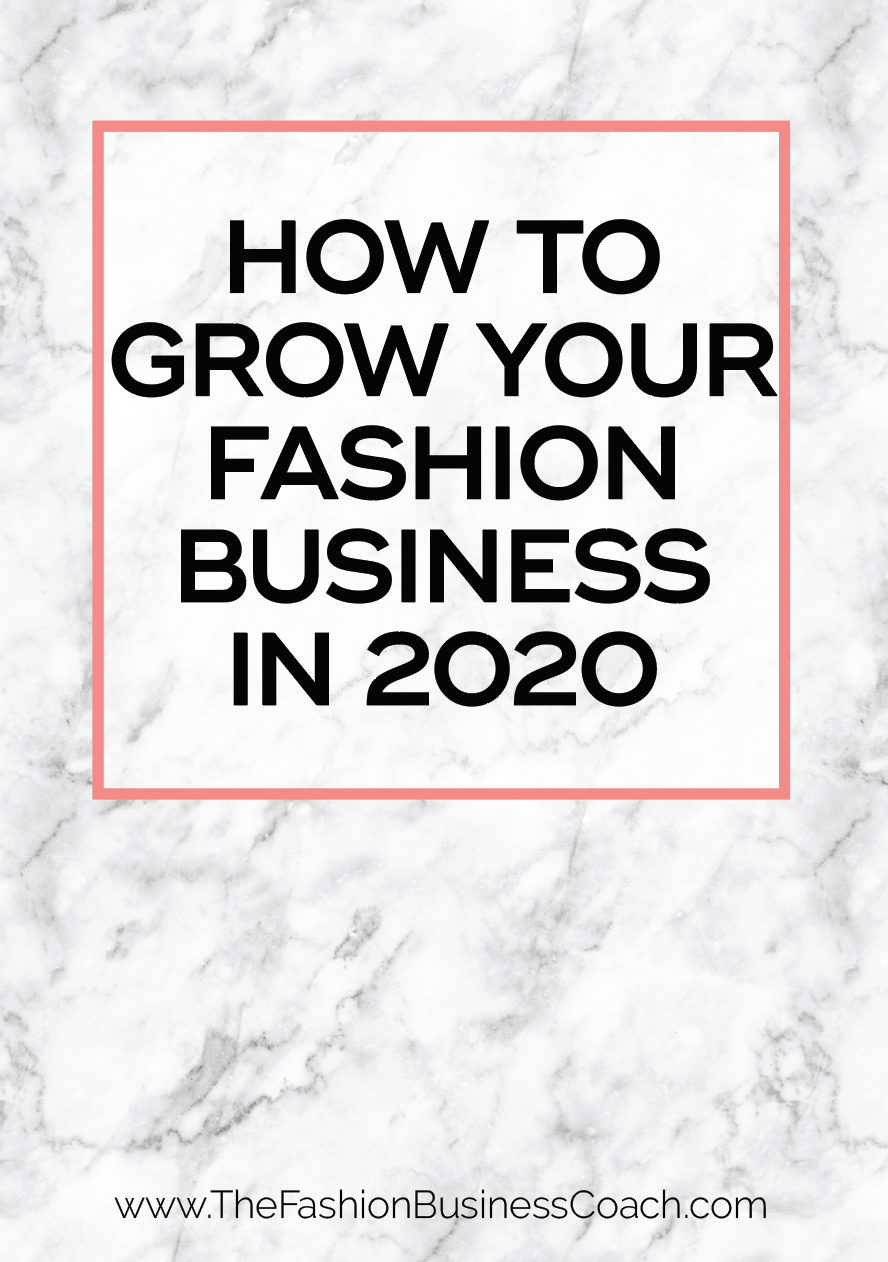



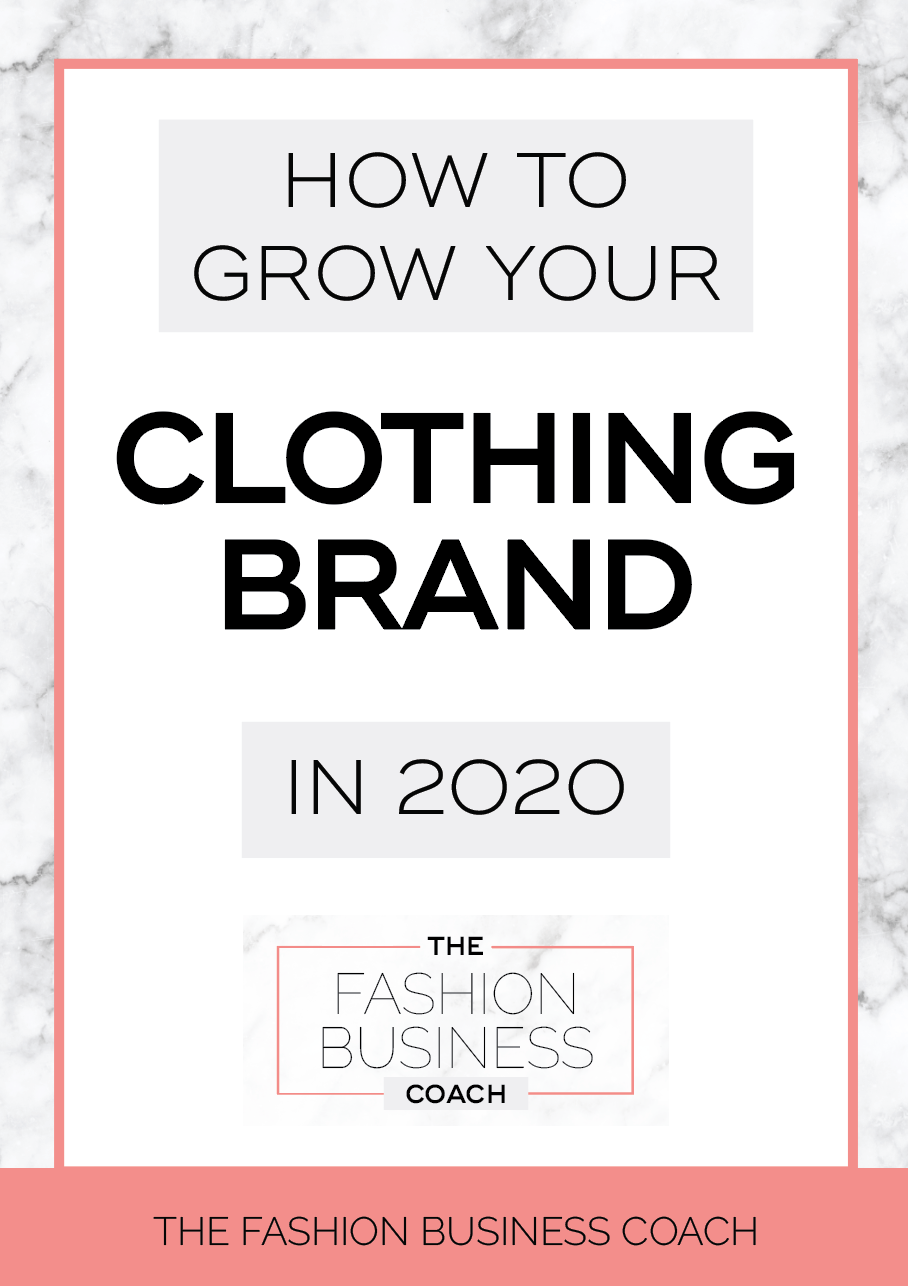

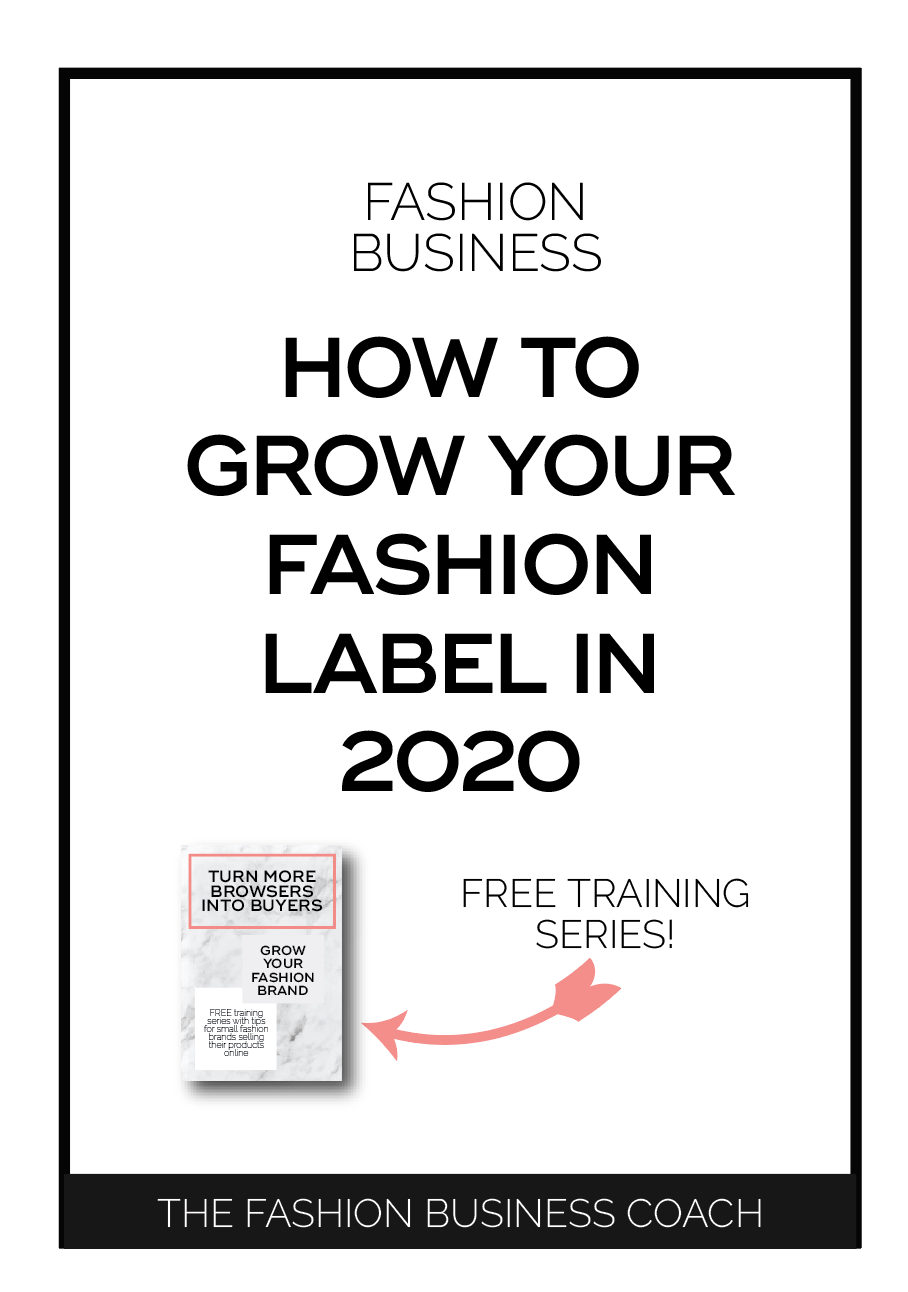
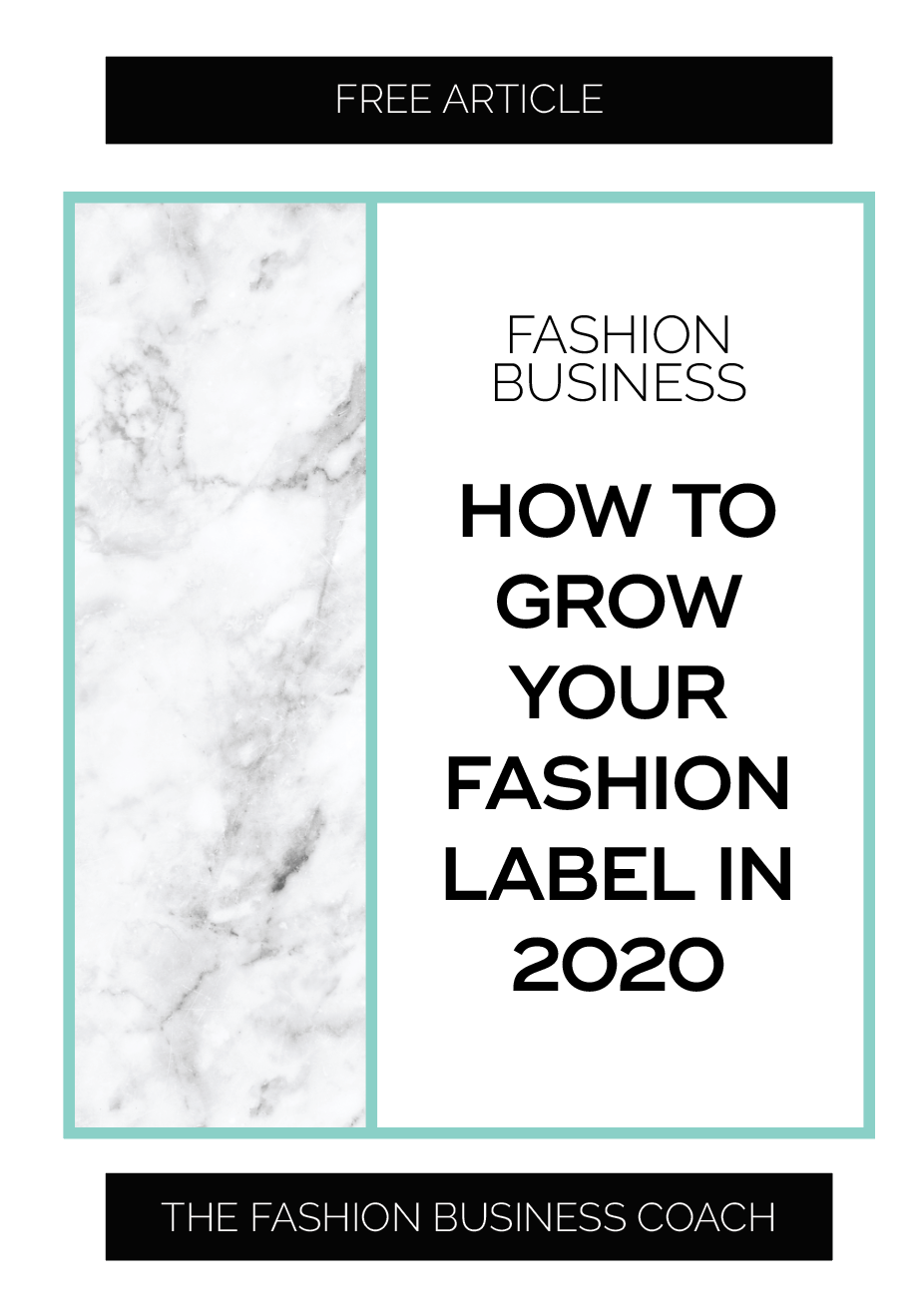
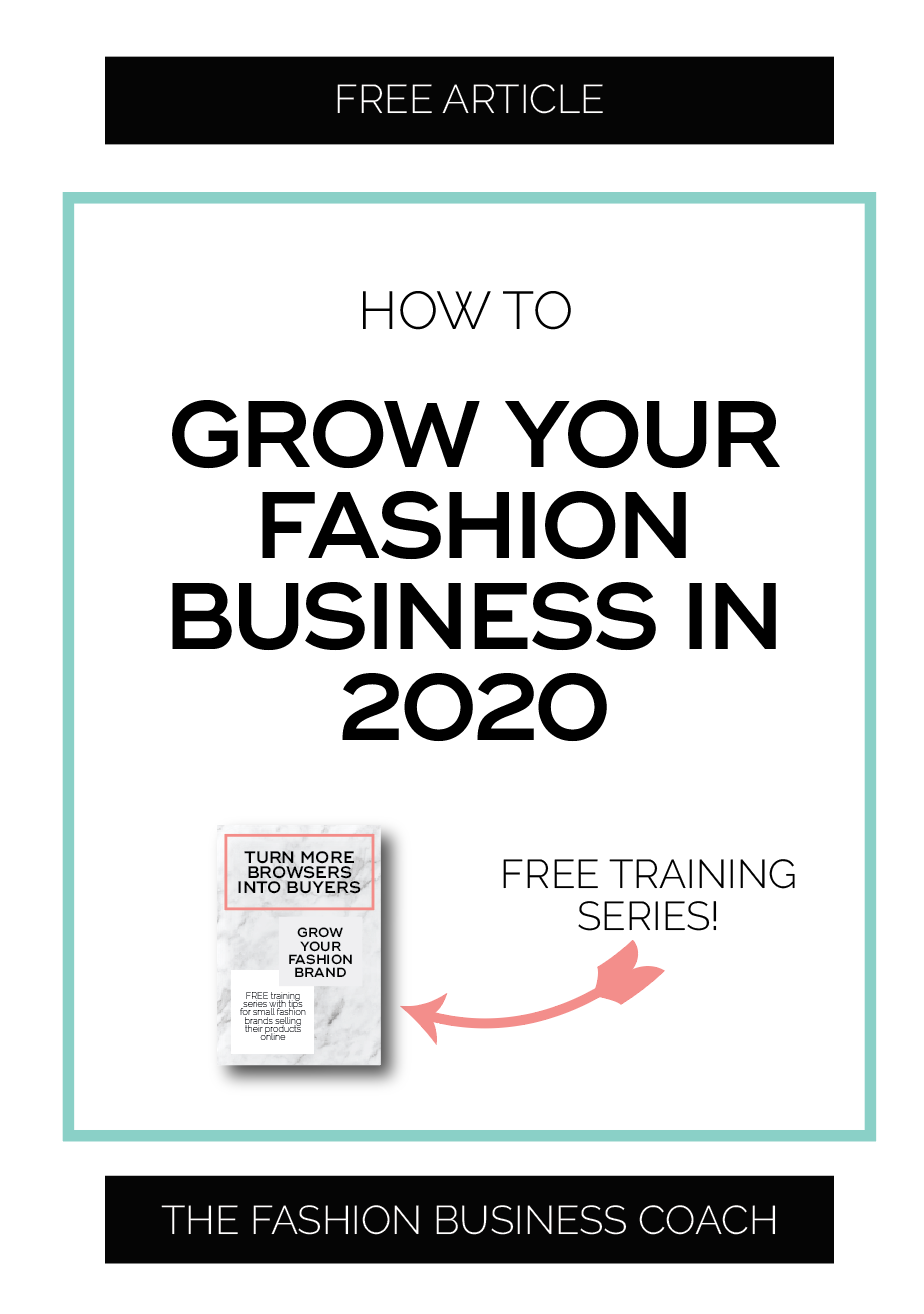
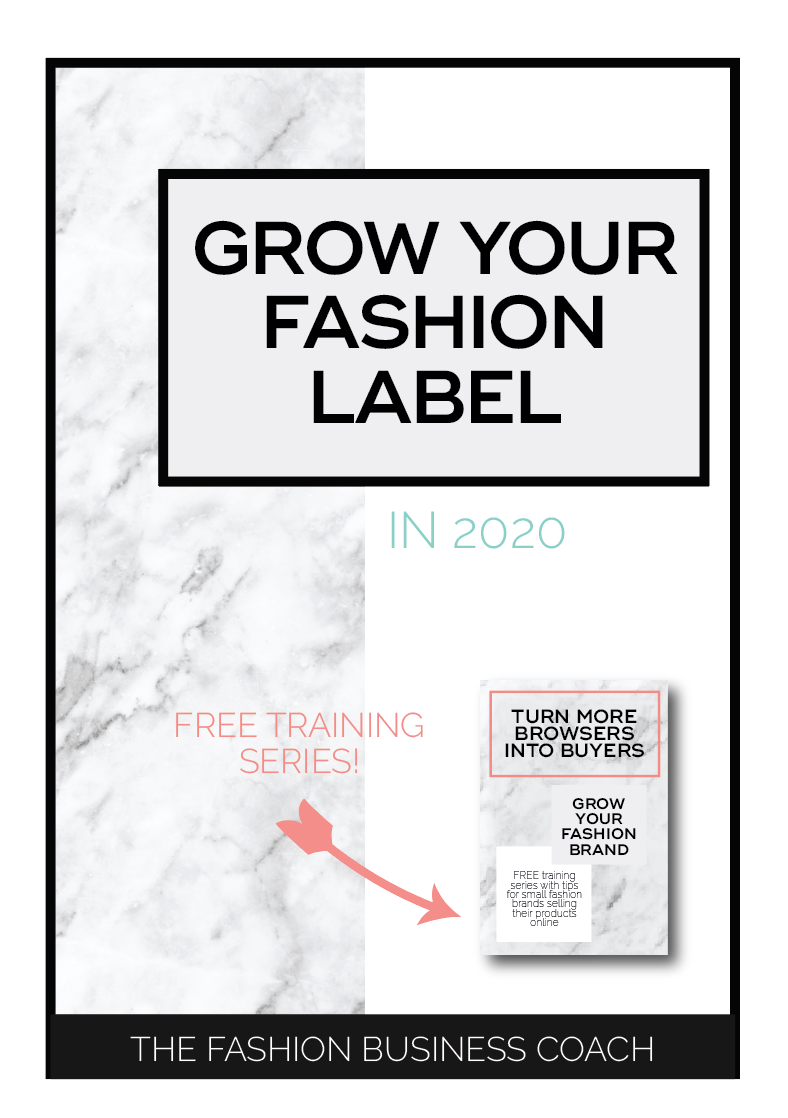












Pickleball outfit inspiration……